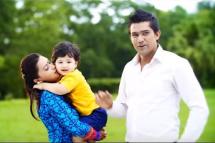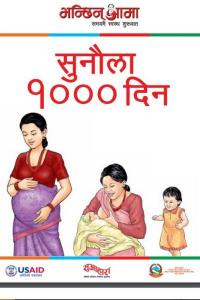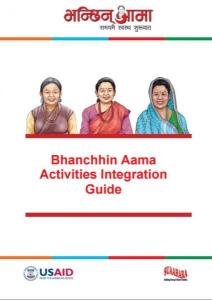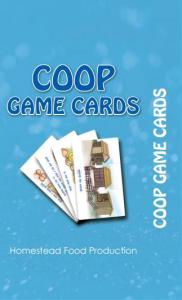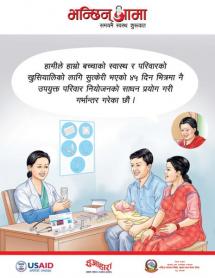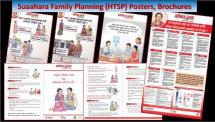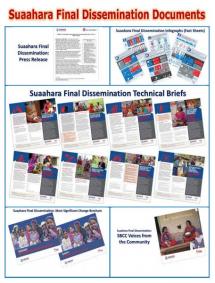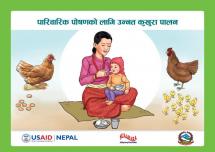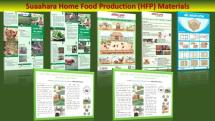Smart Couple Nepal Family Planning TV Spots
These materials are part of a family planning campaign – Parivar Niyojan Smart Banchha Jeewan (Family Planning makes a smart life), launched in Nepal on 21st August 2015 in an effort to reposition family planning for the young married couples (aged 15-29).
These four 45-second TV spots are intended to persuade couples to learn about family planning and to take an active part in ensuring their family’s health by using a modern contraceptive method.
The spots are::
Campaign Wave 1:
- Smart Family
- Ad for Newlyweds
- Smart Choice
- Brighter Future
Campaign Wave 2:
- LARCs
- Post Partum
- Healthy Timing and Spacing of Pregnancies
Source: Johns Hopkins University Center for Communication Programs
Date of Publication: March 25, 2019
SIMILIAR RESOURCES
Tools
Examples
- Suaahara Training Guidelines and Participant Handbooks
- Love, Children and Family Planning: Seven Discussion Guides for Christian Small Groups
- Healthy Timing and Spacing of Pregnancy Fact Sheet
- Beyond the ABCs of FTPs: A Deep Dive into Emerging Considerations for First Time Parent Programs
- Family Planning Discussion Topics for Voluntary Counseling and Testing
- GESI Toolkit
- Maternal Newborn Child Health - Nutrition Quality Improvement Tools
- Suaahara Health Facility Operation and Management Committee Capacity Building Training and Operation Guidelines
- Zika and Pregnancy: Questions and Answers
- Men's Reproductive Health Curriculum

